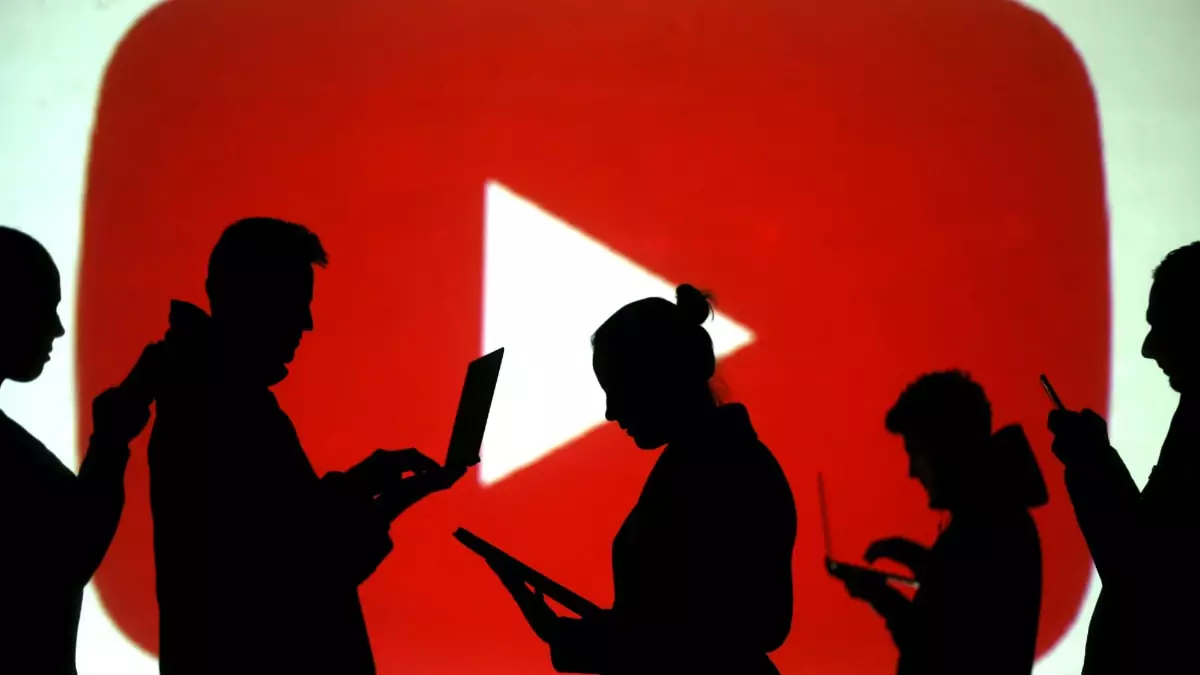In a bold move that has stirred the waters of Australia’s digital landscape, the eSafety Commissioner, Julie Inman Grant, has urged the government to reconsider its decision to exempt YouTube from its forthcoming ban on social media usage for under-16s. This call to action is not just about YouTube; it is a clarion call for fairness that resonates with concerns voiced across various platforms like Facebook and TikTok, all of which face the same challenges regarding the safety of young users. The insistence on fair treatment among these digital giants illuminates an overlooked nuance in our approach to online platform regulation.
YouTube’s Prevalence and Its Hidden Dangers
Recent studies paint a concerning picture: YouTube is not just popular among teenagers; it is, in fact, the most widely-used social media platform in Australia. This prevalent status renders it a significant player in shaping the content young Australians consume. According to Inman Grant, YouTube has been identified as a major source of harmful content, including misogyny, violent confrontations, and even discussions that could precipitate mental health crises, such as suicidal ideation and disordered eating. These findings raise the question: how can we justify the exemption for a platform that contributes widely to the very problems we aim to combat through strict legislation?
The Fallout of Favoritism
The atmosphere surrounding the legislative outcome has been charged with debates about favoritism and transparency. The disclosure that YouTube received preferential treatment, specifically due to a personal pledge from a government official before any public consultation, has clearly ruffled feathers among competing platforms like Snap and Meta. This aspect of decision-making not only undermines a sense of equity in the digital space but also invites skepticism about the government’s genuine commitment to safeguarding youth. As much as legislative measures aim to protect society’s most vulnerable, they risk failing when influenced by backdoor deals.
A Call for Holistic Regulation
It is imperative that we establish a digital environment that treats all players equally. Allowing YouTube to sidestep regulations that apply to other platforms sends a damaging message to both the industry and its users. This practice not only raises questions of accountability but also sets a dangerous precedent: the notion that market dominance can shield platforms from the repercussions of their impact on vulnerable demographics. If we are to truly prioritize the welfare of young Australians, it is crucial that we advocate for a regulatory framework that encompasses all digital spaces.
Reevaluating Online Safety Protocols
Ultimately, the discourse surrounding this exemption serves as a pivotal moment for policy-makers. Should the government adopt the recommendation from Inman Grant, it could signal a commitment to a culture of accountability while fostering trust among social media users and their families. With the potential implementation of a more uniform regulatory approach approaching its deadline in 2025, there is an immediate need for informed discussions and policy adaptations that prioritize the holistic well-being of youth—freeing them from harmful influences. This is not just a matter of policy but a chance to reshape how society understands and interacts with the digital world.


Leave a Reply